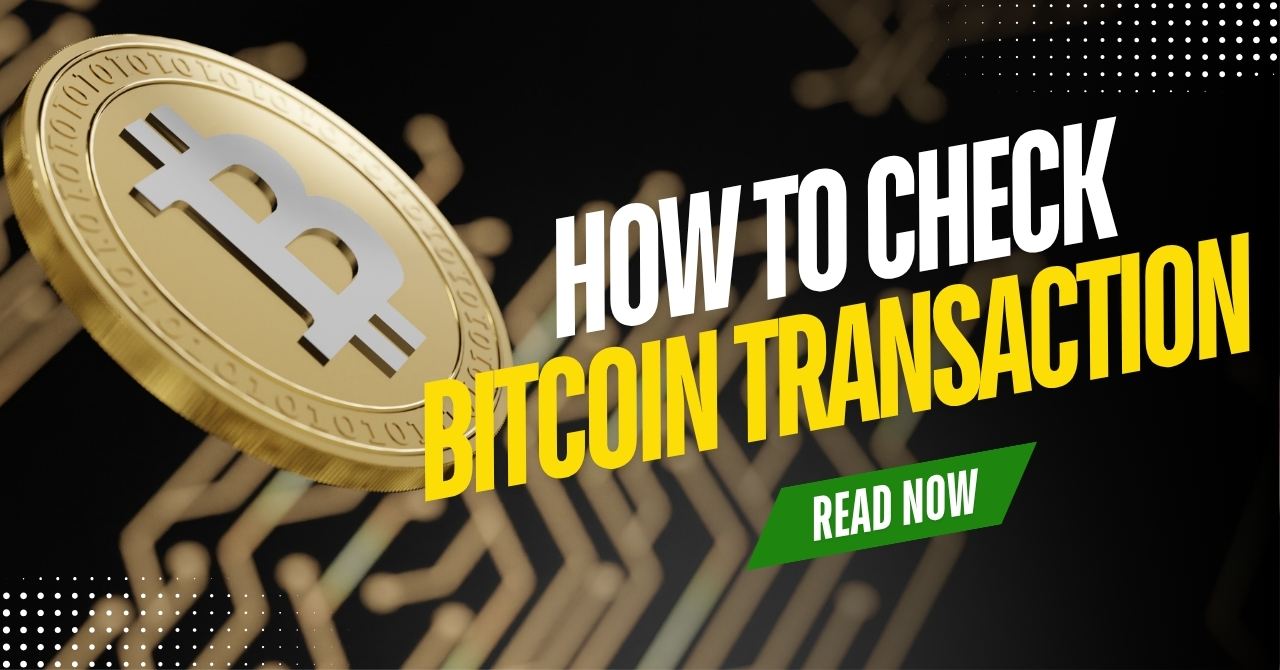How many confirmations for Bitcoin ensure safe transactions? For most transfers, 1–3 confirmations are enough for small amounts, while 6 or more are recommended for large or high-value transactions. Each confirmation adds another layer of security, reducing the risk of double-spending or fraud.
Bitcoin confirmations are how your transaction gets verified and added to the blockchain. The number you need depends on the amount; fewer for small transfers, more for larger ones. Choosing the right number keeps your transaction secure and worry-free.
In this guide, we’ll walk you through how many confirmations are best for different situations, whether you’re a casual user or a business owner.
Join Vietnam-UStrade as we break it all down and help you navigate the world of secure Bitcoin transactions with confidence!
1. What are Bitcoin confirmations and why do they matter?
In the Bitcoin network, a confirmation means a transaction has been successfully added to a block and that block has become part of the growing blockchain, bringing greater trust and security to the transaction.
As each new block is added, the transaction receives an additional confirmation. These confirmations act as layers of security, making the transaction increasingly irreversible and protected against double-spending attacks.
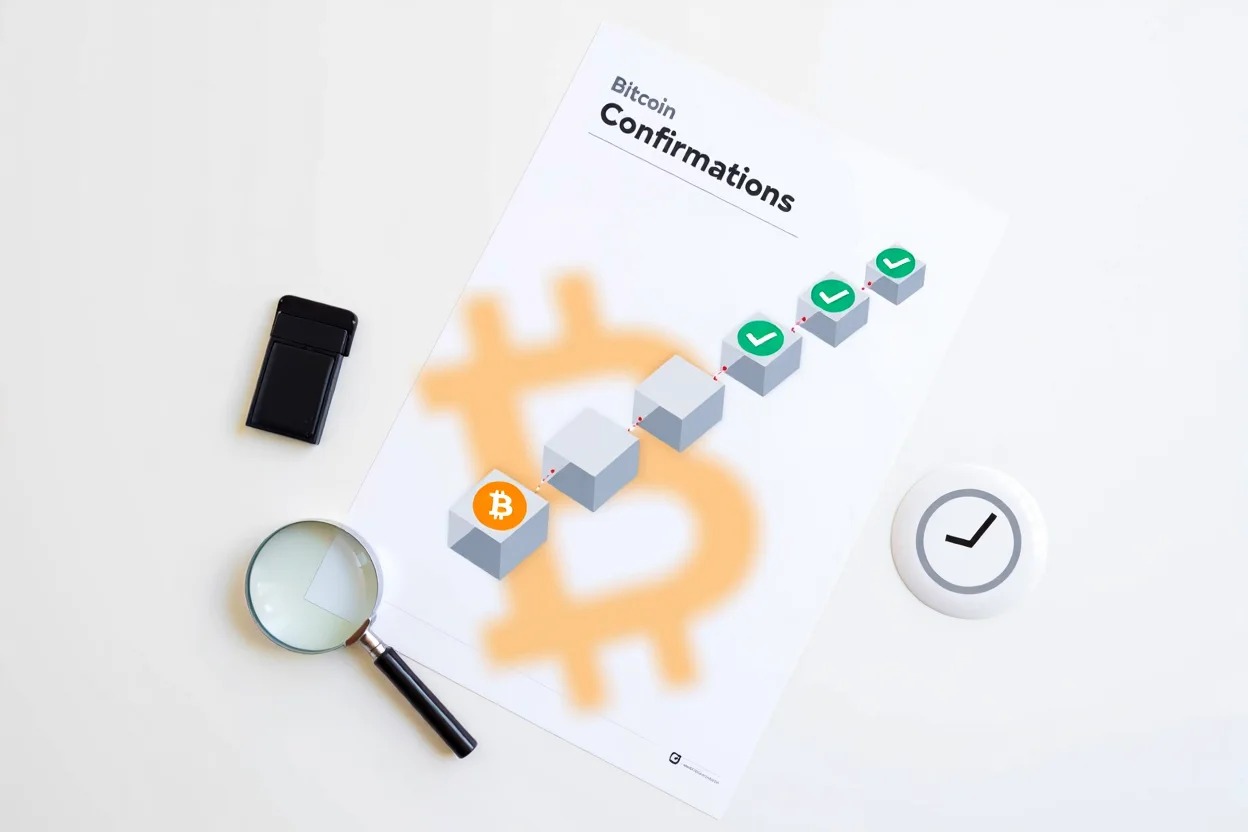
Understanding how many confirmations for Bitcoin are sufficient is essential to ensure that a transaction has passed through adequate levels of validation, especially in high-stakes scenarios.
- Imagine sending Bitcoin to someone; if that transaction has zero confirmations, it remains in a pending state:
- There’s a risk it could be reversed or dropped from the network.
- With each new confirmation, a Bitcoin transaction becomes more secure and harder to reverse, giving users greater confidence and peace of mind.
- Think of each confirmation as a stamp of approval from the blockchain. The more stamps, the greater your assurance that the transaction is:
- Valid
- Permanent
- Immutable
Each block added is another wall built around your transaction. One block may be breached, but six? Nearly impossible.
- Bitcoin relies on a model of probabilistic finality:
- Unlike systems with immediate confirmation (e.g., traditional banking or some PoS blockchains), Bitcoin’s security builds gradually.
- The likelihood of a transaction being reversed drops dramatically with each new block.
Data insight:
- After just 6 confirmations, the probability of reversal drops to less than 0.0001%.
- That’s why many institutions and exchanges consider 6 confirmations the gold standard for securing high-value transactions.
2. How many confirmations for Bitcoin do you need? A breakdown by use case
Many Bitcoin users often ask: How many confirmations are enough to finalize a transaction? The answer depends on the transaction type, value, and level of risk you’re willing to accept.
When evaluating how many confirmations for Bitcoin are appropriate, context is key. Bitcoin transactions vary in risk, so the needed confirmations depend on their value and purpose. Below is a general guideline used across the industry:
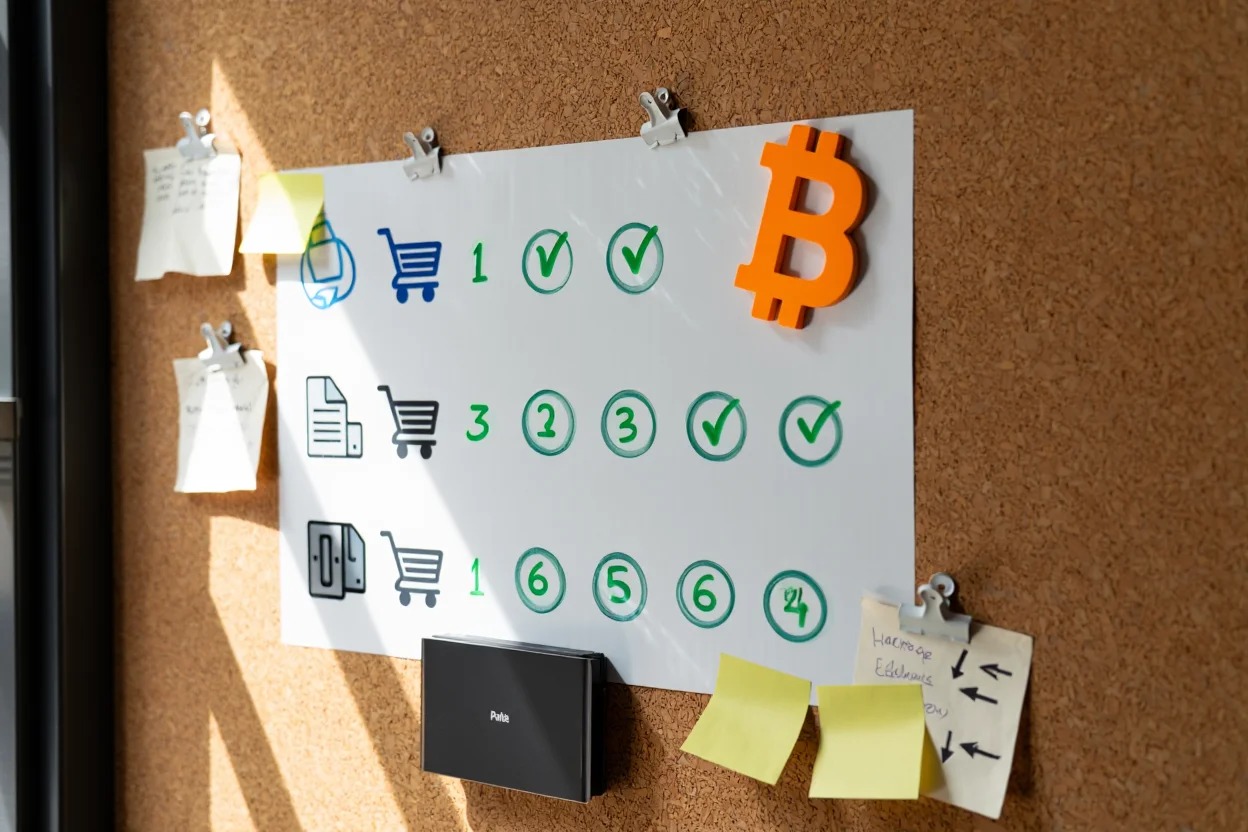
| Transaction type | Value range | Recommended confirmations | Reason |
| Personal transfers | Less than $100 | 1 | Minimal risk, quick and convenient |
| Merchant payments | $100 – $1,000 | 3 | Balanced security and speed |
| Exchange deposits | $1,000 – $10,000 | 6 | Standard among most crypto exchanges |
| High-value transfers | Over $10,000 | 6–12 | Maximizes protection against blockchain forks |
When I first began using Bitcoin to make peer-to-peer transfers, I assumed a single confirmation was always enough. However, after one transaction took nearly 45 minutes to confirm due to network congestion, I started adjusting my expectations based on value.
Now, I wait for at least 3 confirmations on payments above $500. Many centralized platforms, such as Binance, Kraken, and Bitstamp, publicly list their confirmation requirements.
For example, Binance typically requires 1 confirmation for Bitcoin deposits, but it internally holds deposits until 2 confirmations before allowing withdrawal. This precautionary layering is a testament to the platform’s commitment to risk management.
View more:
- What is Bitcoin trading for? Key purposes explained
- What is LetMeTrade? Comprehensive Knowledge about LetMeTrade A-Z
- What Is Forex Trading and How Does It Work? A Complete Beginner’s Guide
3. Understanding the risk: Why more confirmations are sometimes needed
If you’re wondering how many confirmations for Bitcoin are required to ensure immunity from attacks, the answer depends on your risk tolerance and the network’s current state.
Why not settle for one confirmation every time? The answer lies in risk mitigation. Each confirmation reduces the possibility that a transaction could be invalidated by a blockchain reorganization, a rare but possible occurrence where blocks are replaced.
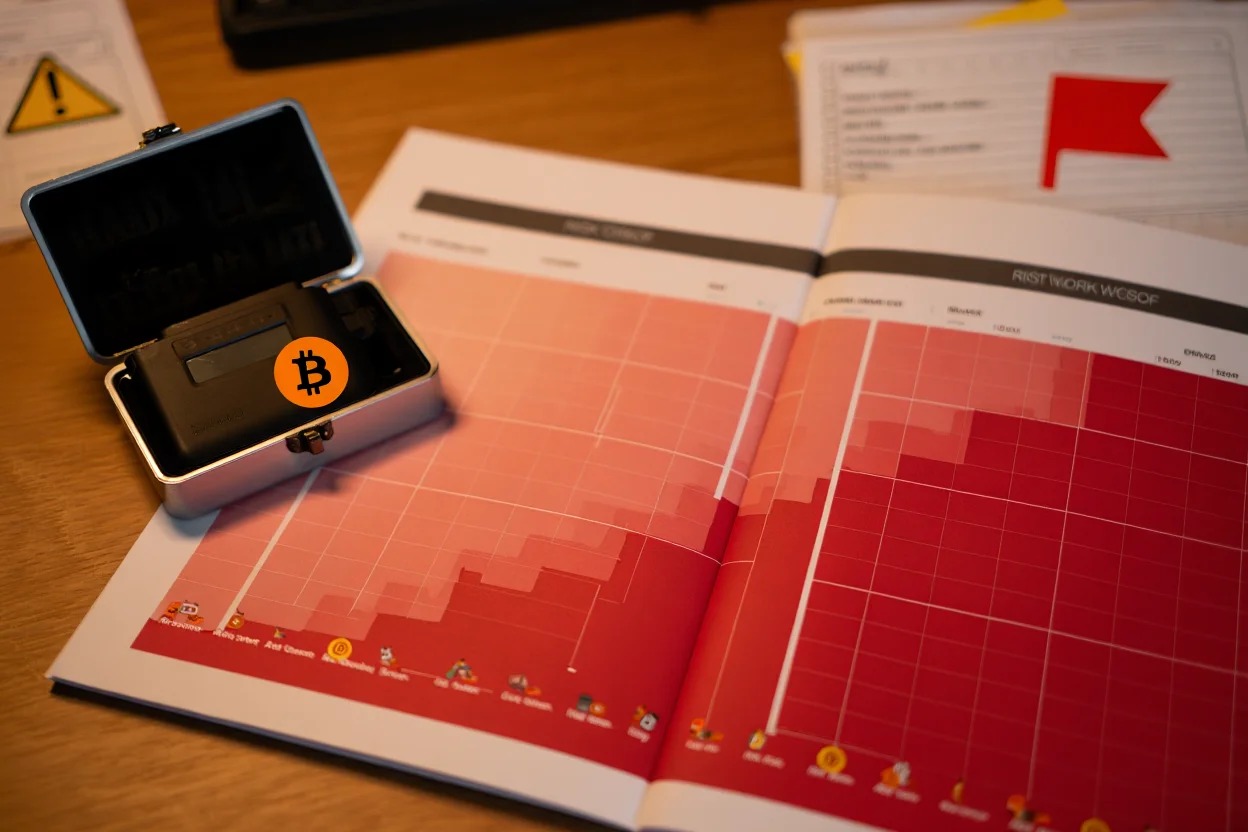
Key risks include:
- Double-spending attacks: Where a sender tries to reverse a transaction.
- Blockchain reorganization: Temporary forks may replace recent blocks, erasing recent transactions.
- Low mining fees: Transactions with very low fees might be ignored, leading to long confirmation times.
High-value transactions and institutional settlements are especially sensitive to these risks. When handling settlements above $100,000, I have personally seen custodians enforce a 12-confirmation policy.
This policy isn’t based on arbitrary caution but on statistical models that assess potential exposure to reorganizations, particularly during periods of low hashrate or sudden mining difficulty adjustments.
Cryptographic finality isn’t immediate in Bitcoin like in proof-of-stake chains such as Ethereum’s Beacon Chain. Instead, Bitcoin trades off speed for decentralization and security, hence the emphasis on layered confirmations.
4. What happens if a transaction has too few confirmations?
A transaction with zero or insufficient confirmations can experience several issues:
- It remains pending: No official record has been written to the blockchain yet.
- Can be dropped from the mempool: If fees are too low or competition is high.
- Vulnerability to fraud: Unscrupulous actors may exploit delays to initiate double-spending.
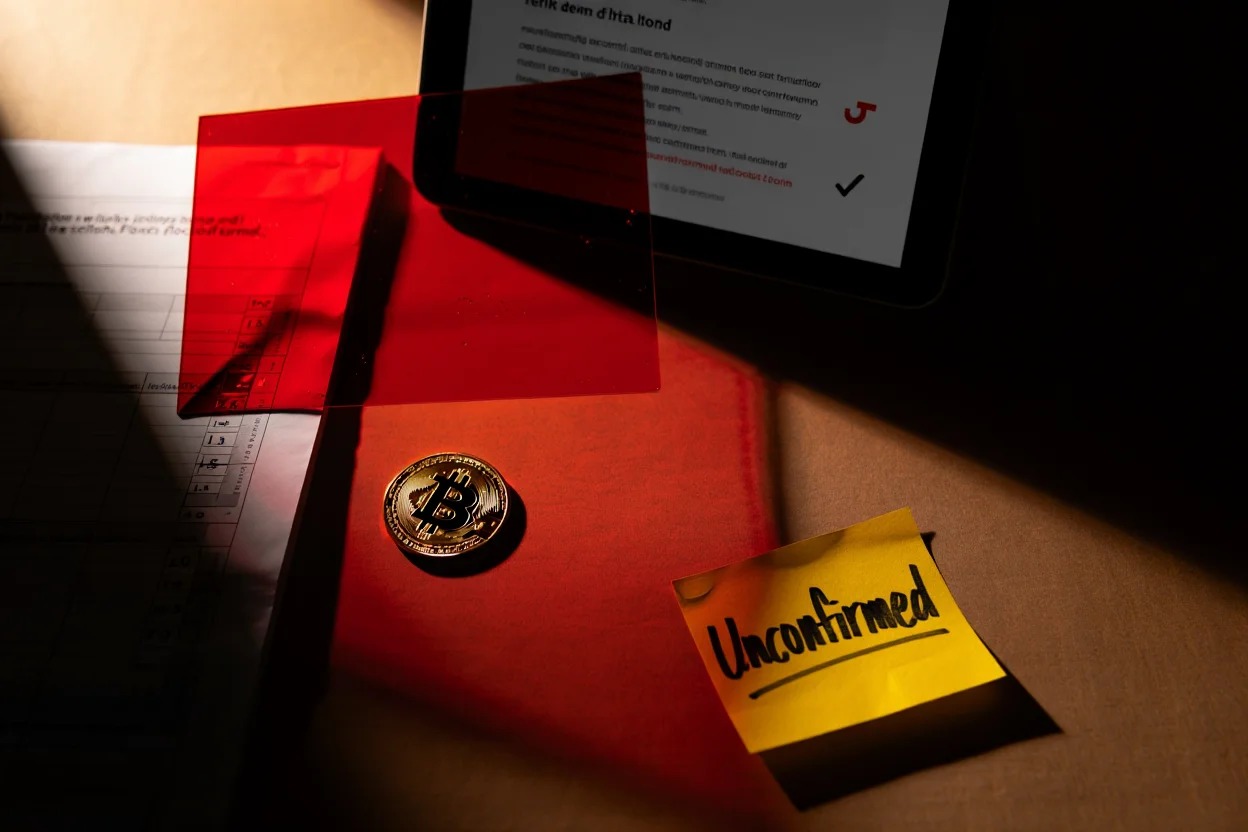
What happens if a transaction has too few confirmations
The danger of miscalculating how many confirmation for Bitcoin are required becomes evident during network congestion. An example occurred during the 2017 bull market, when an uptick in volume caused many low-fee transactions to remain unconfirmed for hours, or even days.
Back then, I sent a $60 transaction with a 5 sat/vB fee rate, and it wasn’t confirmed until nearly 18 hours later. Since then, I have always checked the mempool congestion before setting my fees.
5. How do I know if my Bitcoin transaction is confirmed?
To verify your Bitcoin transaction, you need to check how many confirmations for Bitcoin it has received. This number reflects how many blocks have been added to the blockchain after your transaction was included, increasing its security over time.
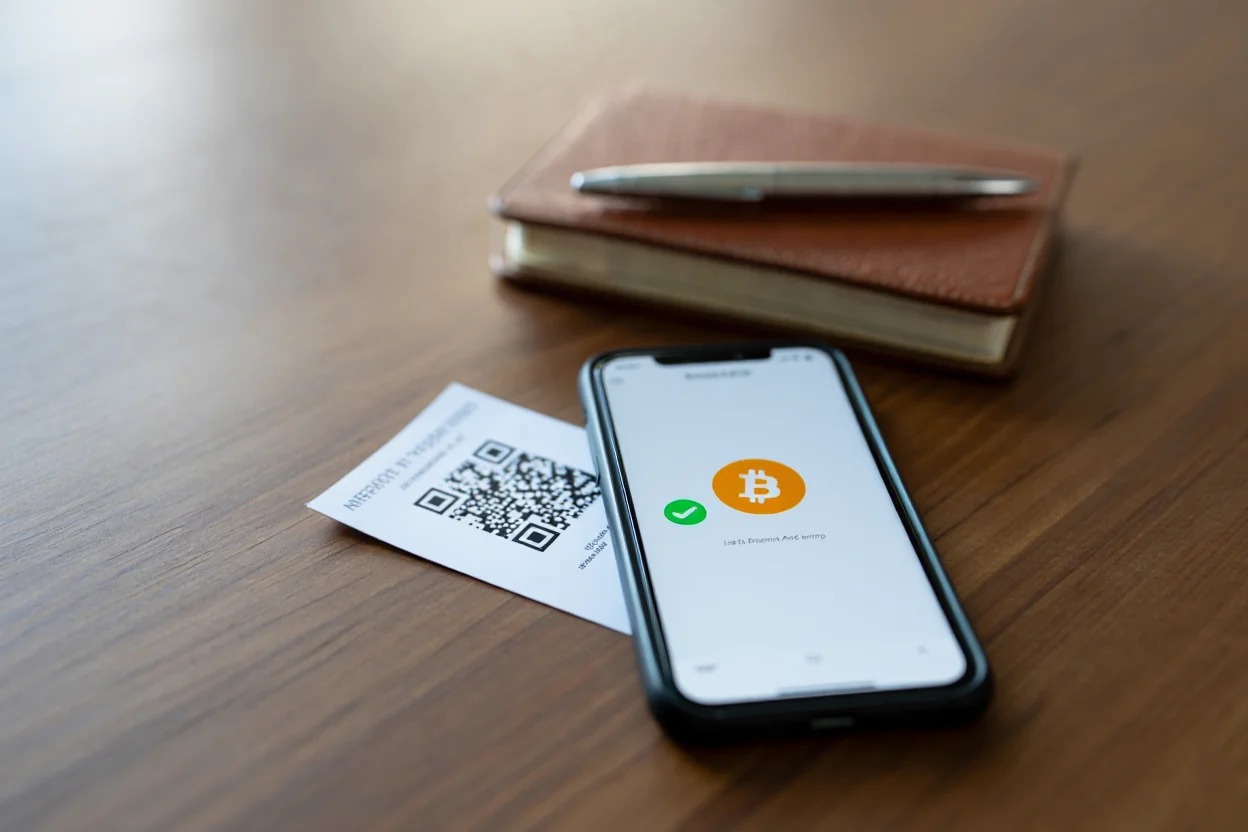
Here’s how to check it:
- Get your transaction ID (TXID) or wallet address.
- Visit a blockchain explorer like Blockchain.com
- Paste the TXID into the search bar.
- You’ll see a status update showing “Unconfirmed” (0 confirmations) or the exact number of confirmations.
For example, if your transaction has 3 confirmations, it means it’s been included in a block and confirmed by three additional blocks after that.
So, how many confirmations for Bitcoin are enough?
- Small amounts: 1–2 confirmations
- Medium transfers: 3–5 confirmations
- High-value or exchange deposits: 6 or more for maximum safety
By checking confirmations, you ensure your Bitcoin is securely processed and finalized on the blockchain.
6. How to check Bitcoin confirmations quickly
Verifying how many confirmations for Bitcoin a transaction has received is straightforward:
- Copy your transaction ID (TXID) from your wallet or exchange.
- Visit a block explorer like Blockchain.com, Blockstream.info, or Blockchair.com.
- Paste the TXID in the search bar.
- View confirmation count, typically listed in the transaction details.
Block explorers also show additional data such as block height, timestamp, and fee paid. For advanced users, APIs from services like mempool. Space provides real-time feeds, enabling developers and traders to monitor confirmation pipelines programmatically.
Personally, I prefer using Blockchair.com for its clean interface and multi-chain support. It helps me quickly check if my transactions are on track, especially during times of high network activity.
7. Common myths about Bitcoin confirmations
Let’s clear up a few common misunderstandings:
- “1 confirmation is enough for any transaction.” – Not true. It depends on the transaction size and purpose.
- “All platforms require the same number of confirmations.” – False. Each wallet, exchange, or service has its own standards.
- “If it’s pending for long, it’s stuck forever.” – Often, a low fee is the cause. Use replace-by-fee (RBF) or simply wait longer.
- “High confirmations equal faster transactions.” – Misconception. Confirmations measure security, not speed.
Learning how many confirmations for Bitcoin are actually needed in different contexts can help avoid delays and misunderstandings.
Explore more trading insights:
8. FAQs
8.1. Is 1 confirmation enough for Bitcoin?
Yes, but only for low-value or trusted transactions between parties who know each other.
8.2. How long does 6 confirmations take?
Usually around 60 minutes, but it varies depending on block time and network congestion.
8.3. Why do some exchanges require 12 confirmations?
To protect against high-value fraud or network attacks. It ensures higher finality.
8.4. What happens if my transaction is stuck with 0 confirmations?
It may be clear later or dropped. Check the fee rate and consider using RBF if possible.
8.5. Do Bitcoin confirmations expire?
No. Once confirmed, a Bitcoin transaction is permanently recorded on the blockchain.
8.6 How long does it take for 6 confirmations of Bitcoin?
On average, it takes about 60 minutes for 6 confirmations, since each Bitcoin block is mined approximately every 10 minutes. However, network congestion or low transaction fees can cause delays.
8.7 Why are BTC confirmations taking so long?
Bitcoin confirmations may take longer due to network congestion, low miner fees, or mempool backlog. If your transaction includes a low fee, miners might prioritize others first, delaying your confirmation time.
9. Conclusion
How many confirmations for Bitcoin ensure safe transactions? For small amounts, 1–3 confirmations are fine; for large transactions, wait for 6 or more. The answer depends on what you’re trying to do and how much risk you’re willing to take.
You’ve now learned:
- What confirmations are and why they matter.
- How many are appropriate for various use cases?
- What risks exist if you skip or underestimate confirmations?
- How to check them efficiently.
Use confirmations as your first line of defense when sending or receiving Bitcoin. Don’t cut corners on security, especially when dealing with large amounts. Knowing how many confirmations for Bitcoin are right for your situation can help you transact with confidence.
Don’t forget to follow the Bitcoin category on Vietnam-ustrade to stay updated on the latest insights and practical tips for crypto investors.



